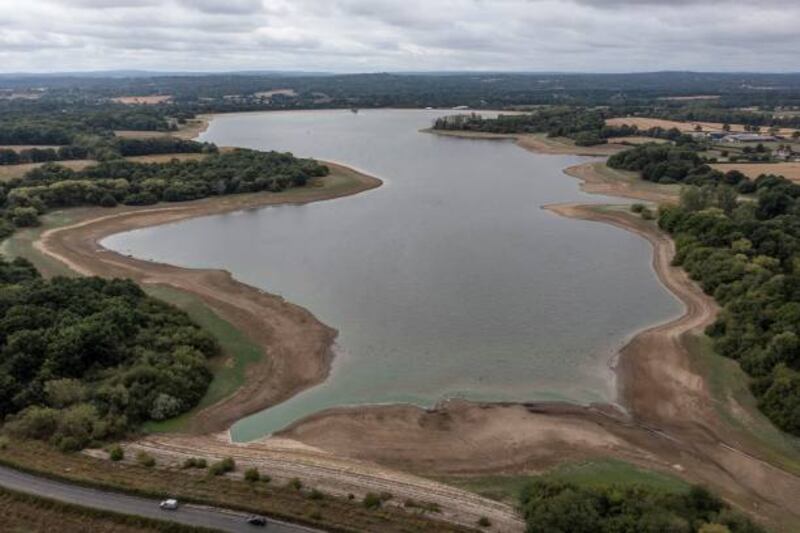More parts of England have been thrown officially into drought.
New orders put the entire south-west region into drought status.
It means the problem is spreading, with only three of England’s 14 Environment Agency areas now not given this status.
New drought orders were announced on Monday after a series of storms brought temperatures down, but the short, sharp period of rain was never going to be enough to reverse the dry conditions.
Meteorologists and environmentalists have said the country needs above average rainfall for the rest of the year if it is to cancel out the dry weather experienced so far this year.
Essential water supplies are safe, but the Environment Agency said it would try to lower demand for these and reduce the drought’s impact on the environment.
On Monday, the Wessex area — which includes Bristol, Somerset, Dorset, south Gloucestershire and parts of Wiltshire — was put in drought status. The rest of the south-west, Devon, Cornwall and the Isles of Scilly, were already there.
“Despite some heavy rain over the past two weeks, it has not been enough to refill our rivers and aquifers,” said Chris Paul, the agency's area drought lead.
“River levels across our Wessex area are exceptionally low — many showing the lowest flows on record.
“This places incredible strain on local wildlife and this is why we are moving to drought status. We are prioritising our local operations to minimise impacts on the environment.”
Drought orders open the door for possible new measures, including hosepipe bans, to tackle water use and protect supplies.
Record-breaking temperatures in July then left rivers at exceptionally low levels ― and caused depleted reservoirs and dried-out soils.
Parts of England have experienced the driest July since records dating back to 1836 began.
July was the driest since 1935 across England, with monthly rainfall totals for the majority of river catchments classed as exceptionally low for the time of year.
The Environment Agency said there had been five consecutive months of below average rainfall across all geographic regions in England and above average temperatures.
Almost half of the 27-nation EU is under drought warning, with conditions worsening in Belgium, France, Germany, Hungary, Ireland, Italy, Luxembourg, the Netherlands, Portugal, Romania and Spain.







